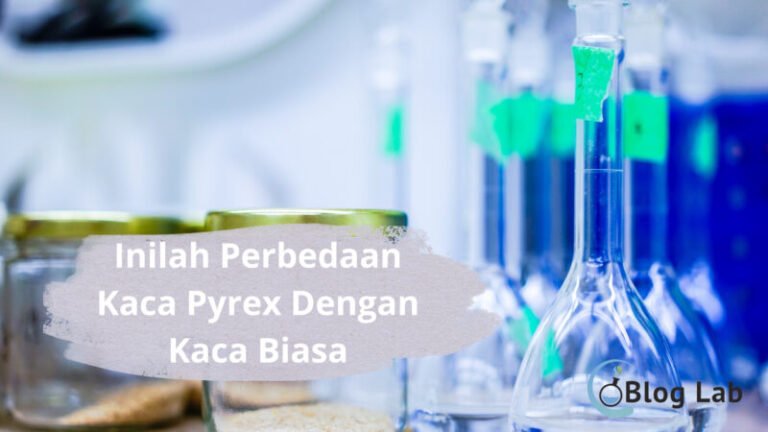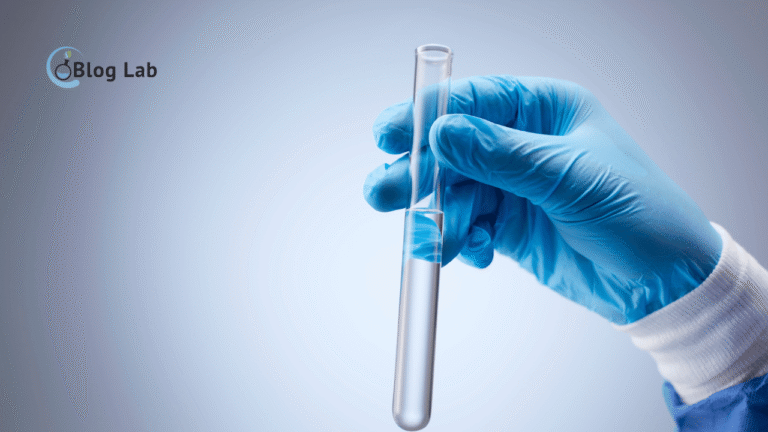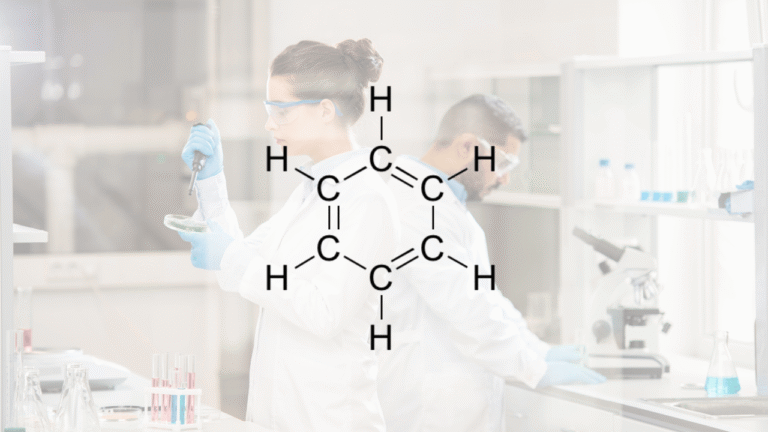This is Pyrex Glass Divergence With Plain Glass.

PyrePyrePyreTherefore, Pyrex glass is often used for laboratory equipment and kitchen equipment like a frying pan, casserole, and baking dish. And to know more is the explanation.
Is that Pyrex Glass?
Lab glass equipment refers to various equipment used in scientific experiments, especially in chemical and biological labs. The equipment can be made from glass or plastic, but the glass is still used often because of its inert, transparent, heat-resistant properties. Borosilicate glass, once known as Pyrex, is often used because it is impervious to extreme temperature changes. For some applications, quartz is also used because it's heat-resistant at high temperatures and has a dreamy nature on some electromagnetic spectrum. The tools made from other materials are also used for a particular purpose, such as storage bottles of substances stored in light and hydrophloride acid stored in polyethylene because it can dissolve glass.
Why would a lab device use pyrex glass instead of regular glass?
Because the nature of Pyrex glass is more resistant to extreme temperature changes than to regular glass. PyreTherefore, Pyrex glass is used in lab equipment because it's heat-resistant and resistant to physical damage, which is very important in conducting scientific experiments that require consistent temperature or height and protection from damage.
The main difference between normal glass and borosilicates
The main difference between an ordinary glass and a borosilicate is:
- Chemical components: the glass is usually made of calcium carbonate, whereas the borosiate glass is made of the base of the borosilicates that have more resistant properties of extreme temperature change.
- Heat-resistant: Pyrex glass is hotter than regular glass. Pyrex glass can be used at higher temperatures without risk of breaking or cracking.
- Hold the damage: Pyrex glass is more resistant to cracks and fractures than regular glass, so it's more suited to use in lab equipment that requires protection from physical damage.
- Transparency: Pyrex glass has the same transparency as regular glass, so it fits in tools that require visual observation.
- Applications: Pyrex glass is often used in lab equipment like beakers, test tubes, and storage bottles, as well as kitchen tools like pans, casserole, and baking dish. The usual glass is often used in other applications like windows, mirrors, and magnifying glass.
Disposition
Glass is a material that has a liquid properties and has high density as well as an amorf structure. The atoms that are in the glass don't form the regularity of the crystal. Glass is mostly made from silica and a mixture of sandstone with flux that produces less tenacity and less high melting points. Then mixed it with a stabilizer material to increase its power.
Glass windows, lamps, and bottles are a kind of sodalime glass made of silica, fluxes soda (NA2O), and stabilizers lime or Cao clay plus a little magnesia (MGO) and aluminum (Al2O2). The type of heat-resistant glass is a borosilicate made of silica, boron of oxide (B2O3), aluminum, and soda that has a high, non-breakable melting point when heated. This is due to a very small weight coefficient. This type of glass is called Pyrex. Silican glass melted or quartz that melted itself and 99.9% of Silican had a melting point of 1,580 ° C, low loading coefficient, and could penetrate ultraviolet and infrared radiation.
The nature of glass borosilicates
Borosilicated glass has a very low thermal expansion coefficient, about a third of ordinary glass. It causes this glass to be more resistant to temperature change and has a stronger fracture resistance. Because its heat-resistant properties, borosilicates glass are often used in equipment that requires high temperature stability like telescopes and reflectors. This glass is also used in critical applications such as highly radioactive nuclear waste management.
Borosilicate glass starts softening at about 821 ° C (1510 ° F) and has a high viscosity at model 7740. Borosilicates are also denser than regular glass. Although it's more resistant to temperature changes, borosilicates can still break if exposed to rapid or uneven temperature changes. Pieces of borosilicated glass tend to be bigger than regular glass.
Optically, borosilicated glass has a low dispersion and a relatively low bias index. Linear expansion coefficient G3.3 glass is 3.3 0.1 × 10-6 / K, which is made up of sodium oxide (NA2O), boron oxide (B2O3) and silicon dioxide. The borosilicate component in this glass is very high, approximately 12.5-13.5% boron, 78-80% silicon, so known as high borosilation glass. Pyre@@





